
Feel free to add tags, names, dates or anything you are looking for
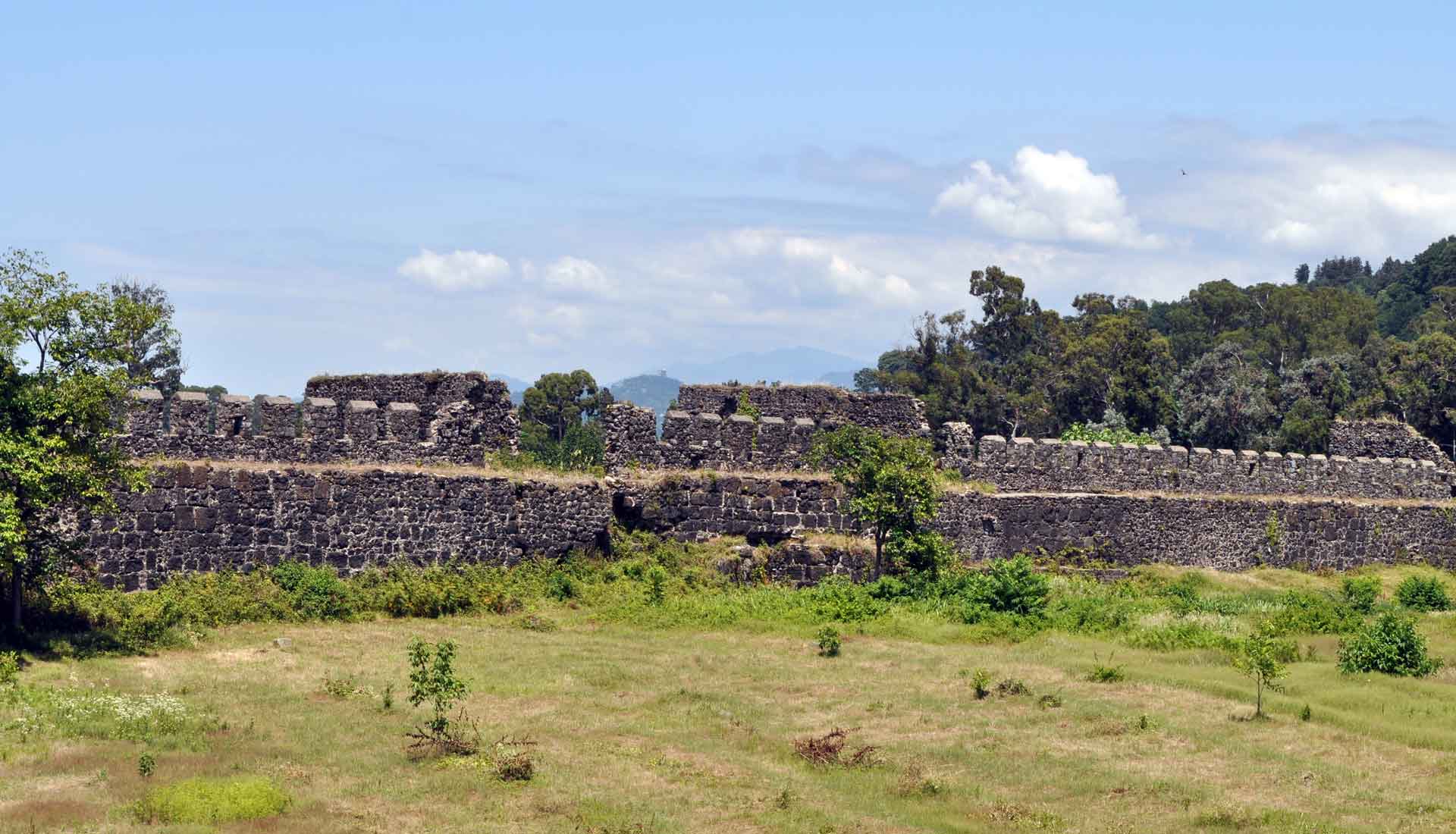

In ancient times, a large fortress known as Apsaros was located in the modern village of Gonio, and served as one of the most important Roman strongholds in the Eastern Black Sea region. Although the exact date of its foundation is unknown, it is believed to have been built in the first century AD, and restored in the fourth and sixth centuries.

General view of the fortress walls
Apsaros fortress is distinguished by its large scale and for the quality of its masonry. It is of a slightly elongated rectangular plan, measuring 245m × 195m and covering an area of 4.78 ha. The fortress has an impressive wall-circuit 5 m in height, which is built entirely of stone.
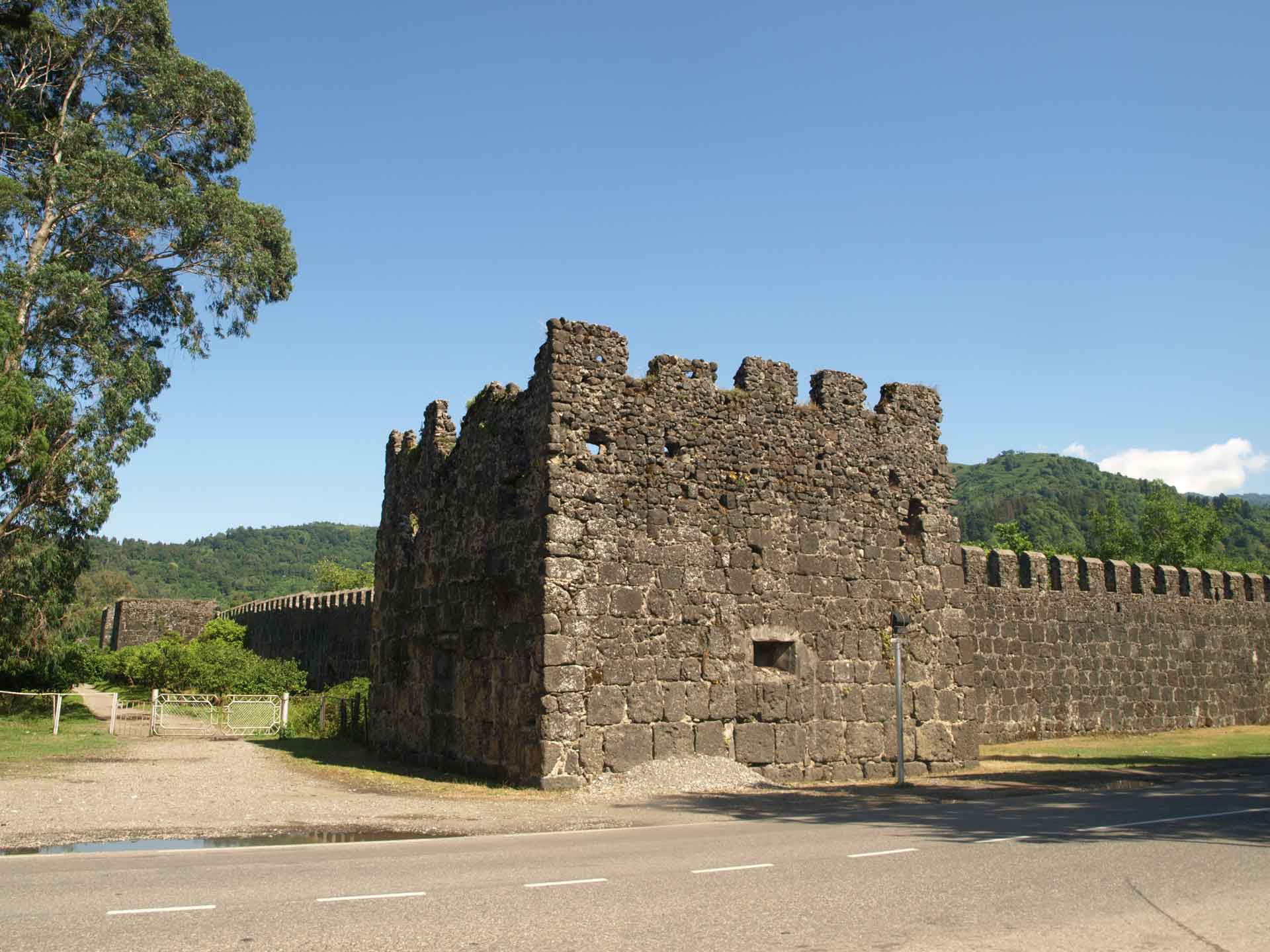
North-west corner tower
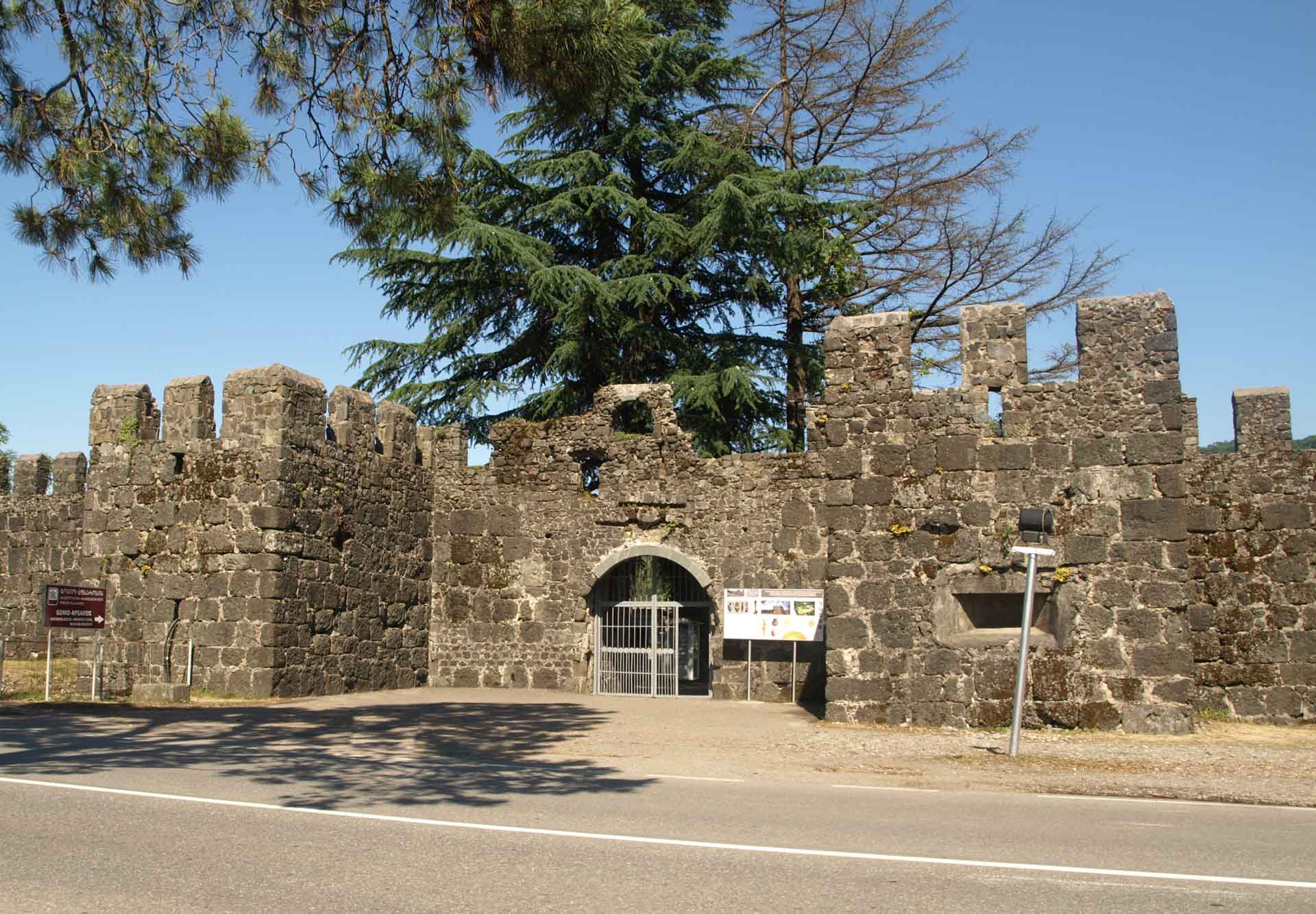
The main entrance
to the fortress
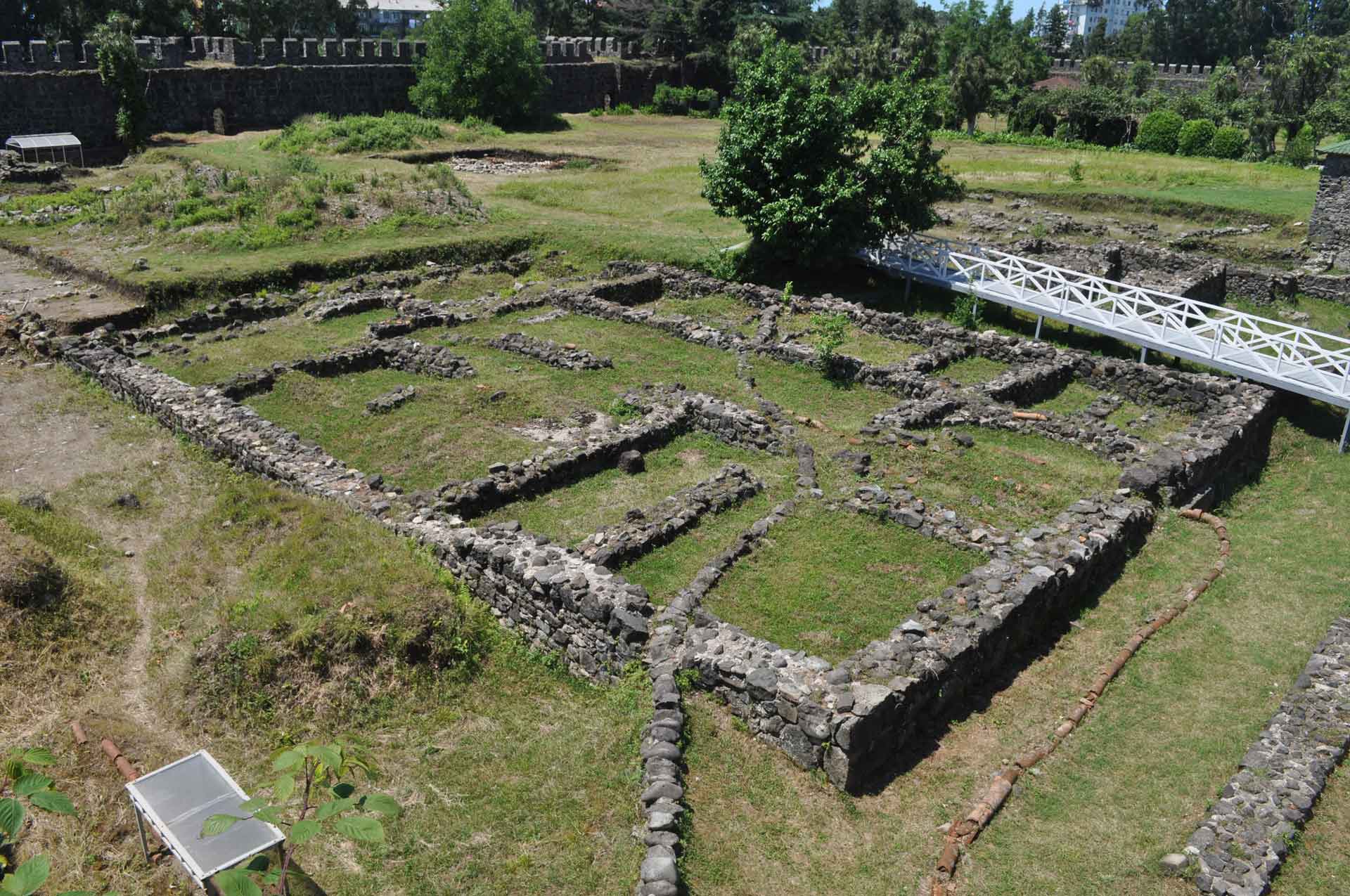
Excavated
foundations of buildings in
the fortress
In 132 AD, when the military commander Arrian visited Apsaros, it was a large castrum in which were stationed five cohorts, making it an exceptionally large garrison. Inside the fortress there were two main streets, via principalis and via praetoria, running perpendicular to each other with a central square located at their intersection. Archaeological excavations revealed a praetorium, barracks, bathhouses, a water cistern, and a system of water supply and drainage, all dating from the Roman period. It would appear that the majority of structures inside the enclosure were built of timber on stone foundations.
From the twelfth century, Apsaros was included within the unified Kingdom of Georgia. The toponym Gonio that came into use from the fourteenth century may derive from the name of the Italian city, Genoa, as Genoese merchants were actively engaged in trade in the region, and had even established a trading post at the site.
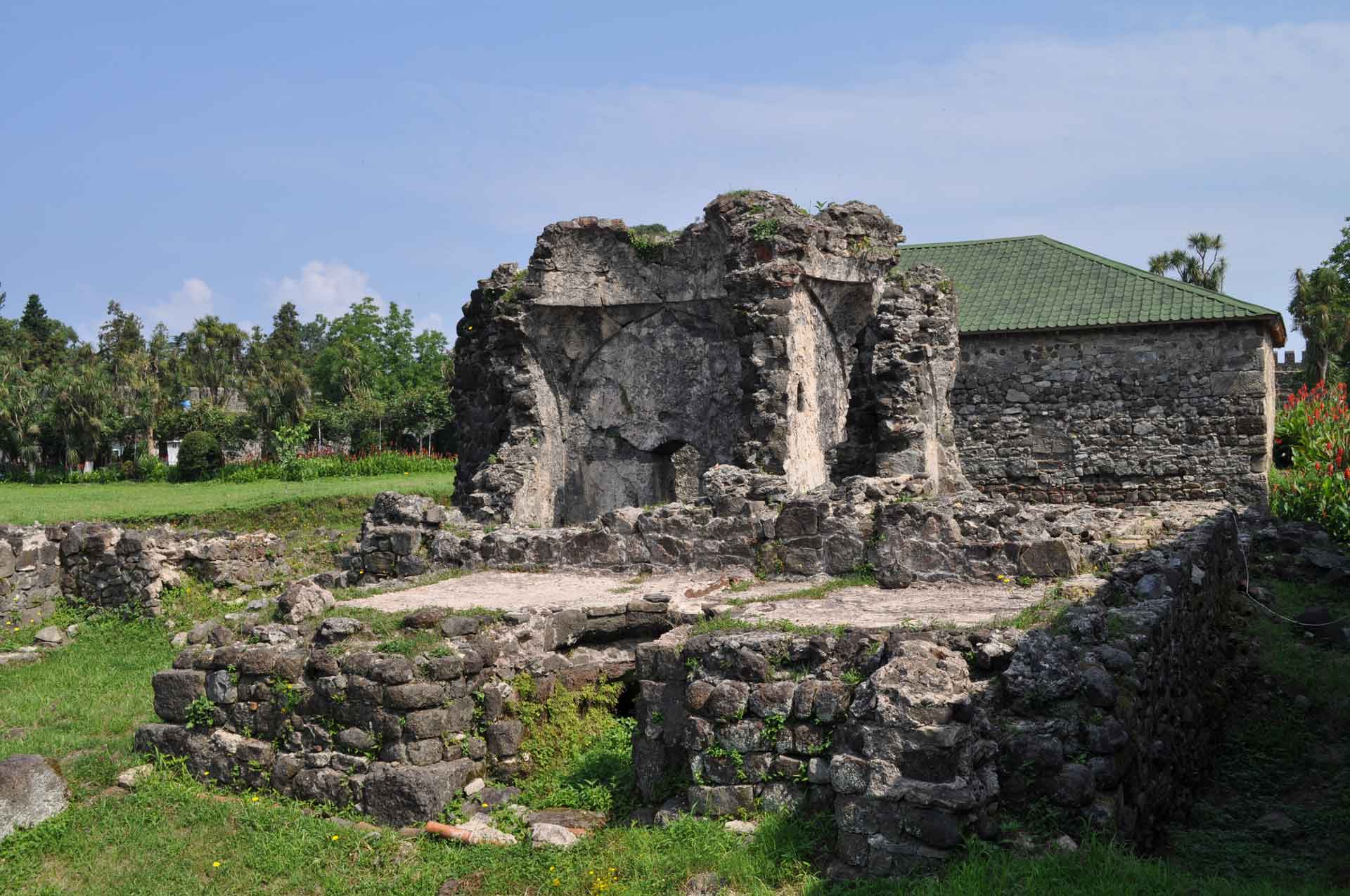
A Bath of the Ottoman
period
According to Georgian Orthodox Church tradition, the tomb of St Matthias (the apostle chosen to replace Judas Iscariot) is located in Gonio.